How To Create Livable Cities
A deep dive exploring cities' overlooked problems and potential solutions.
Part 1. Why cities gotta be like that?
Living in Madrid for the past year has crystallized my view on good urban design.
I get out of my apartment and have a metro stop five blocks away, a supermarket next to my building, shops and restaurants on my street, a cute plaza with a kids’ play area and a cervecería for parents four blocks away, and a big park where I can run (but actually just go there to lounge) a 10-minute walk away.
I can walk everywhere.
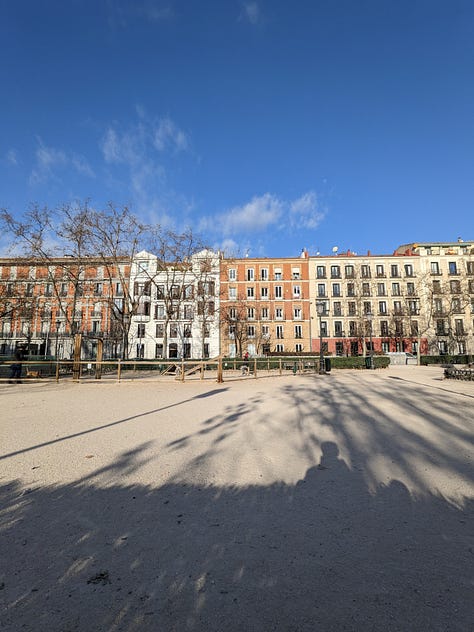
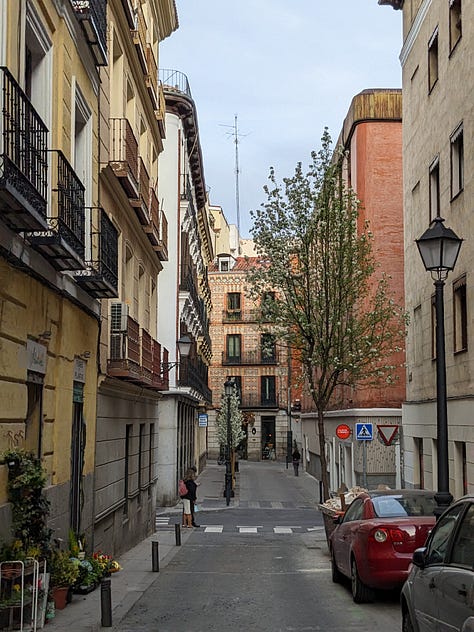

This happens all over Madrid. In less affluent and more affluent areas of the city, each barrio has small shops, small supermarkets, small plazas and small restaurants and bars catering to residents and visitors alike.
Europe has nailed good urban planning, but instead of using it as inspiration for the cities of the future, look how two nations embarked on the rare opportunity of designing new cities from scratch.
Exhibit A: Saudi Arabia’s The Line
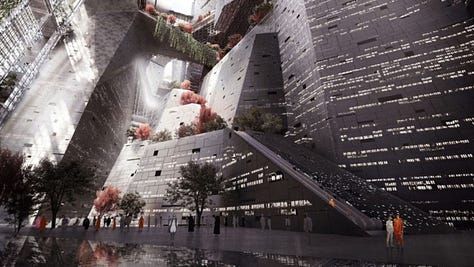
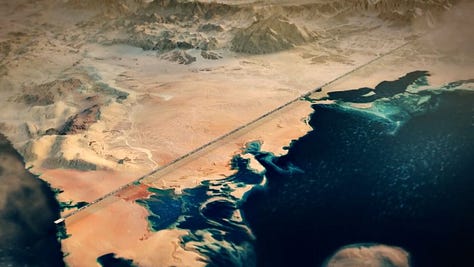
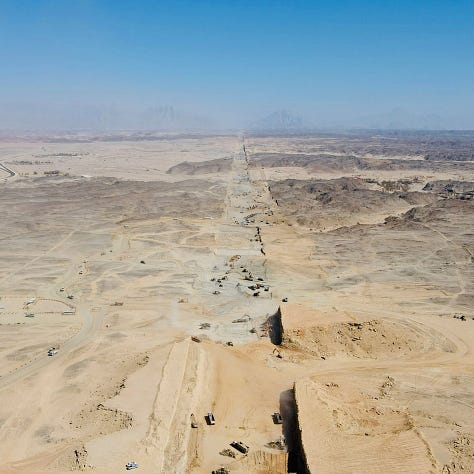
The Line is a $200 billion, 170km-long, 500m-tall “smart” city that is in early stages of construction in the middle of the desert in Saudi Arabia. To visualize: 500m is ∼140 floors, and 170km is the distance from NYC to Philadelphia, or from Paris to Brussels. All of it would be connected by a high-speed train.
The Line is everything wrong about how we conceive modern, sustainable cities.
It looks cool and “high-tech”, but living there would be a nightmare. Imagine the stress on a public transport that is only able to move in a linear path. Imagine the amount of elevators you’d need and the time it would take to go up or down. Imagine the impact to wildlife and the ecology they wanted to protect when you have hundreds of kilometers of glass reflecting the scorching sun onto the surrounding landscape. Imagine the cost of having to air condition 140 floors of buildings.
How such an astoundingly bad take on a “city of the future” has even started construction is only possible because Saudi Arabia is an absolute monarchy where the king holds all power and this is his pet project.
Exhibit B: Egypt’s New Administrative Capital City
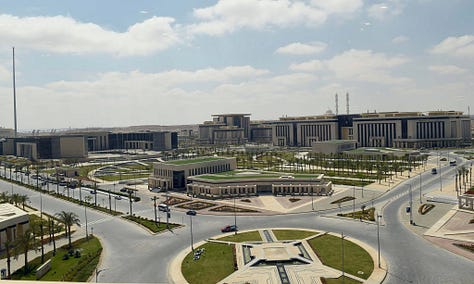
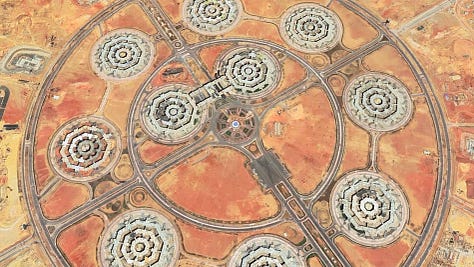
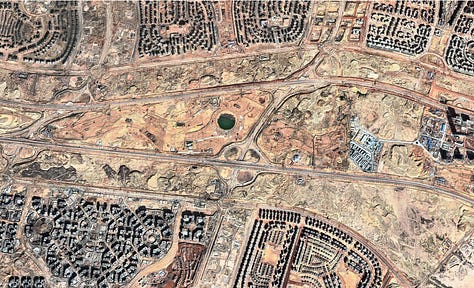
Egypt’s new Administrative Capital City, 45km from Cairo, is a $60 billion push to alleviate the current capital city’s congestion. It’s also a way for current president Abdel Fattah el-Sisi to consolidate all government branches outside of the citizens’ (i.e. protestors) reach.
This new capital is inspired on outdated models of city design. A Dubai-style “downtown” with ridiculously tall skyscrapers in the middle of the desert. “The Octagon” will be the largest government building in the world, housing all of Egypt’s military branches. And surrounding all of it, miles and miles of American-style suburban sprawl connected only via highways that will eventually get as congested as the ones in Cairo.
These are bloated, badly-designed projects that will cost hundreds of billions of dollars. Why does innovation lack common sense?
Are our utopias actually utopian?
I searched for “utopian cities” and the results were what I expected: cliched images of futuristic cities with gravity-defying architecture, full of plants and meandering rivers.
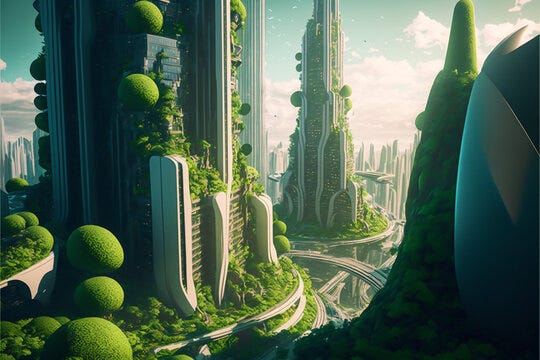
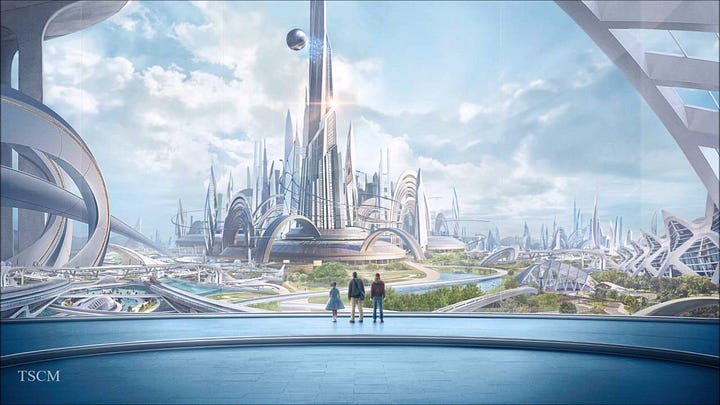
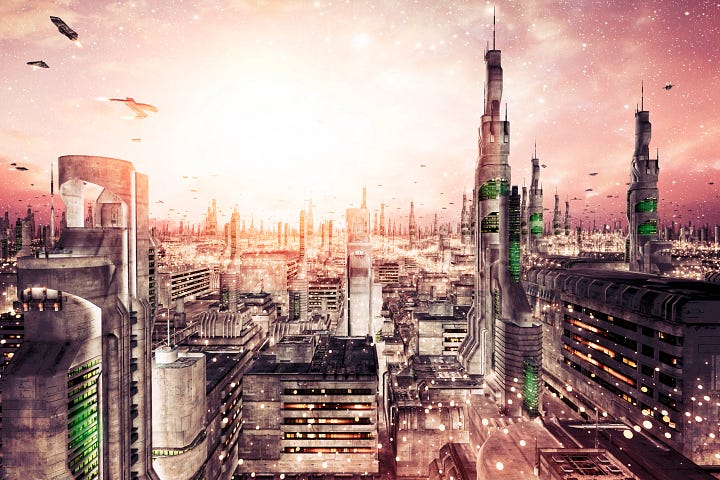
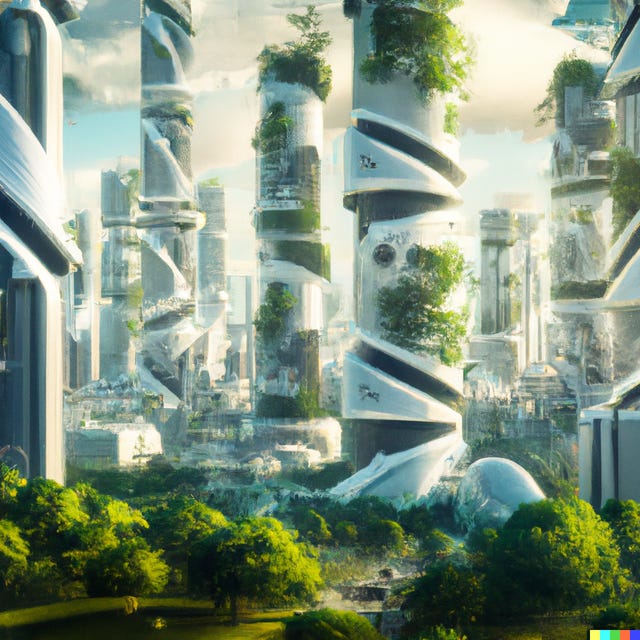
Again, they look cool. I love nature. I love glass. I love flying cars. But how functional would they be? How livable and comfortable if I’m a regular person? Could I walk to my job? Would I get any sunlight if I live on the lower floors? What about the noise of all the flying cars and the floating highways? What about traffic? Who would take care of all those plants?
Why do these visions of utopia look so much like this?
I talked about Le Corbusier’s utopian Ville Radieuse and the problems with top-down planning in Jane Jacobs’ book review.
Why are we imagining our cities the same way as a century ago? Must our utopias only have a centralized, top-down design? Do we have to keep building mega skyscrapers even though they’re not efficient and their cost and maintenance is astronomical? Do we have to continue with urban sprawl and (floating) highways catered for (flying) cars?
And don’t those stock photos of utopia look a lot like this? Just add lots of plants on the buildings and you’re not far off, right?
This is Dubai Marina and if this city of grandeur is our vision of utopia, aren’t we losing sight of what truly matters?
It's easy to be hypnotized by the the shimmering glass and steel facades. Dubai looks moderns and cool. That’s probably why it’s become one of world’s most visited cities.
But zoom in and you’ll see a city plagued with traffic jams, no reliable public transport, lack of basic infrastructure like well-working sewers, etc. This is a city made to be eye-catching, great for taking photos of it, but pretty bad for living in it.
We need to re-think our utopian cities; consider their design not only in terms of what looks good but what provides good quality of life for its citizens. Let’s create cities that have looks and substance.
We are getting ahead of ourselves, though. Before we can get to the fun stuff of imagining better cities, we need to discuss the often overlooked problems plaguing most of them.
Next edition, we’ll talk about trees. 🌳🌳🌳
It’ll be riveting, I promise.

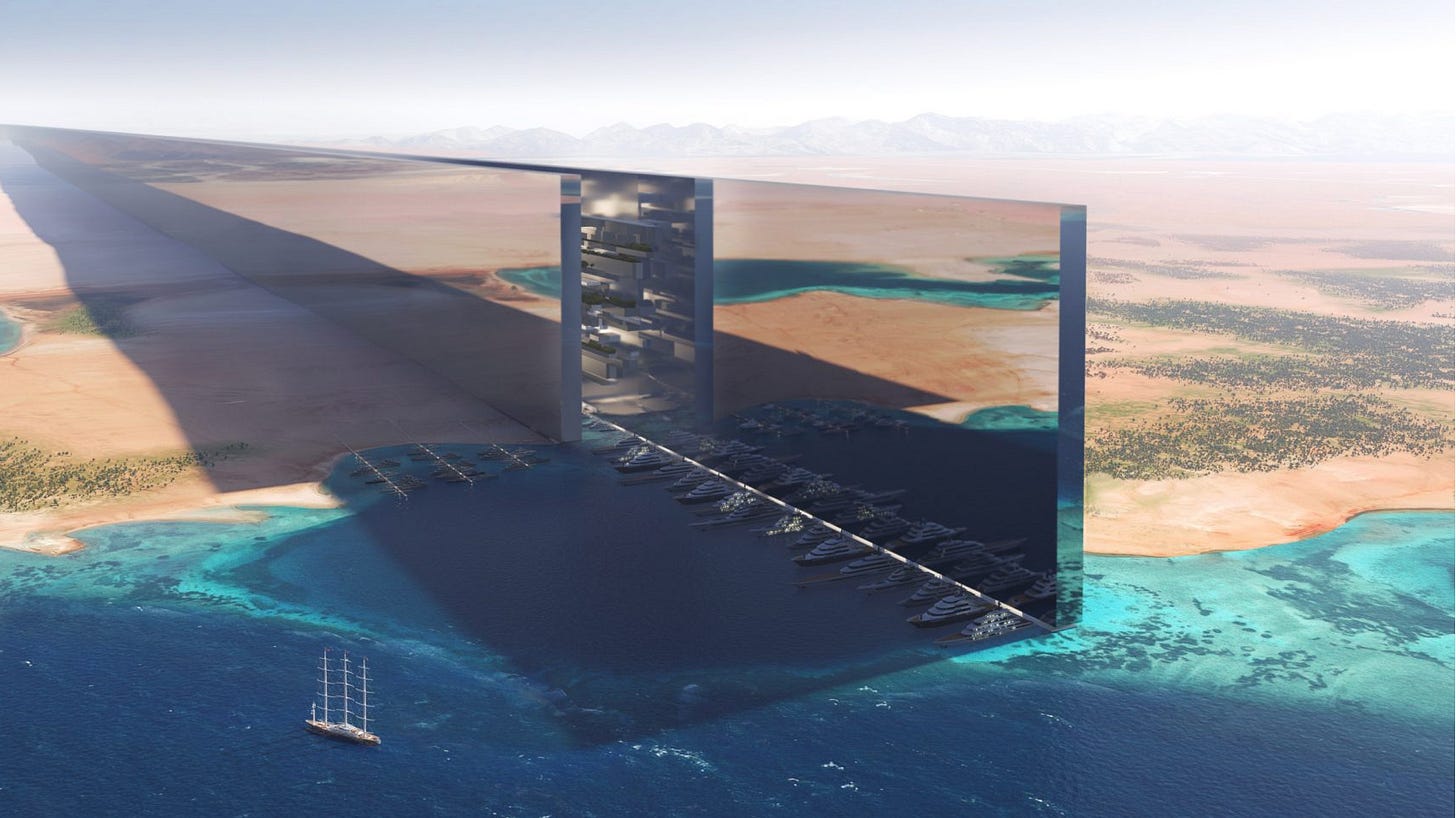
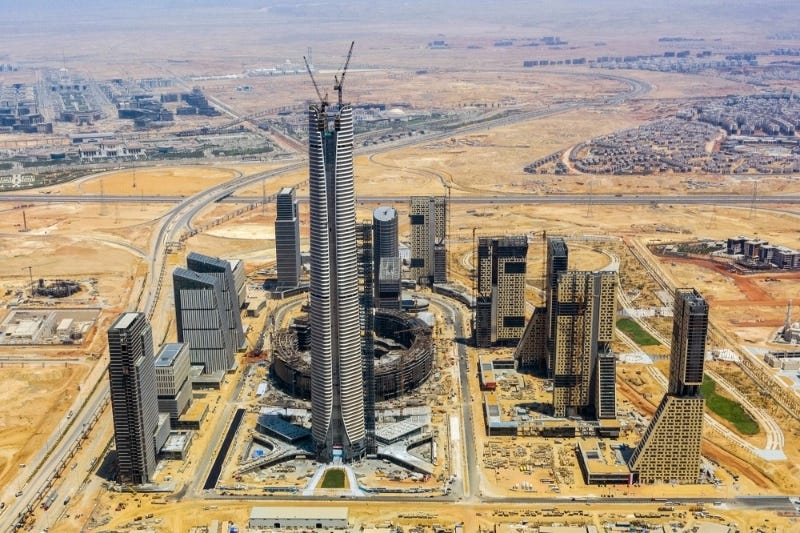
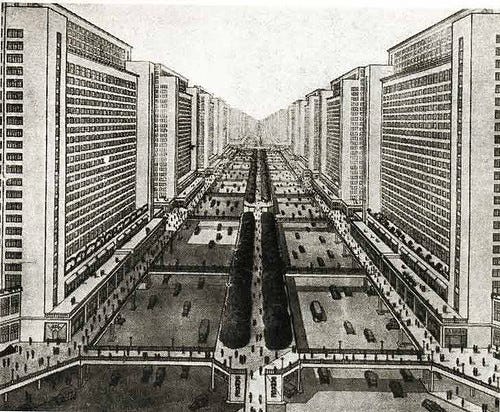
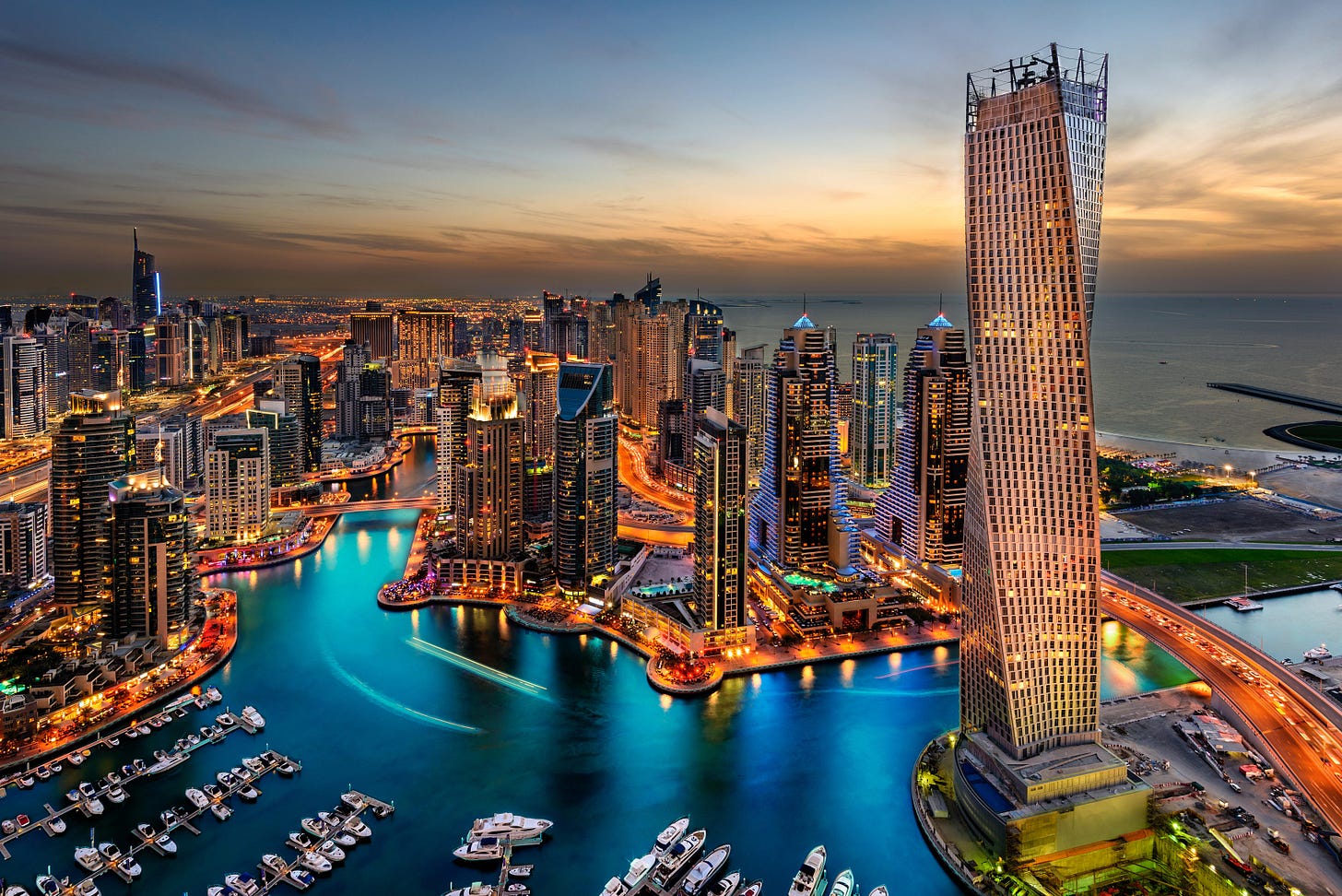
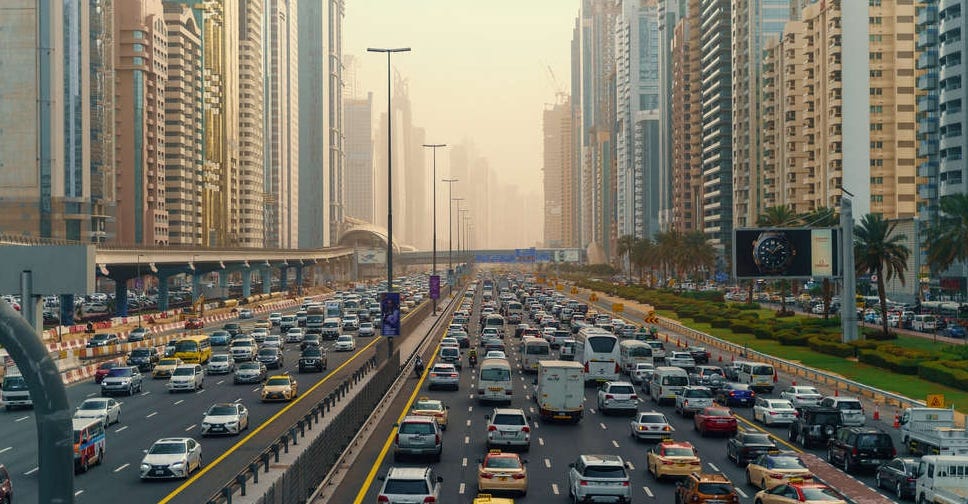
Very good insights on this. And I love that intro, even in a big historic city, cervezerias, parks, and grocery stores across income levels/neighborhoods. When you juxtapose this against glass, steel, and endless hanging ferns, the preference is obvious.
And those costs are astronomical! Billions to build unlivable cities with unreliable waste disposal and management! Wow. Imagine the quality of life indeed if you live on the ground floor of glass and steel with unworkable sewage systems.
Can’t wait to read about the trees!